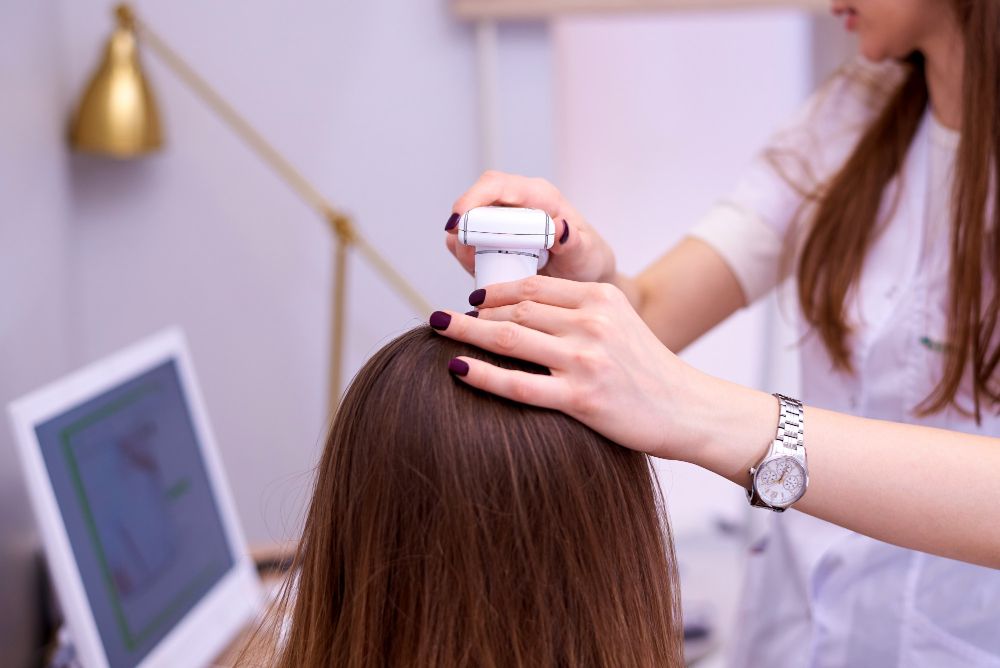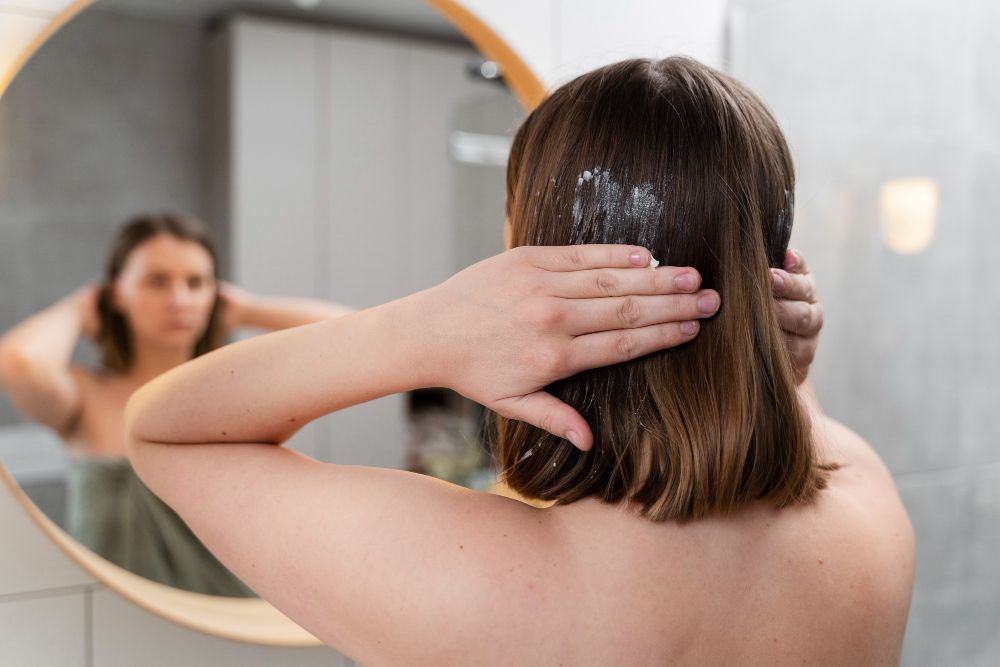- Home
- Trend
- Weight Loss Strategies
- Acne Tips
- Hair Health Information
- Blemish Removal Tips
- Acne Scar Removal Tips
- Muscle Building Techniques
- Intimate Care Tips
- Postpartum Intimate Care
- Eye Bags Wiki
- Tips for Face Slimming
- Secret of Permanent Hair Removal
- Breast Enlargement Tips
- Cure to Snoring
- Marionette Lines
- Skin-Tightening Secrets

免費體驗
R6 Miracle Eye Rescue Treatment
1 Minute Self-Registration
Date should not be before minimal date
In Singapore, where the pursuit of beauty and the desire for a youthful appearance are common, the issue of under-eye bags stands out as a major aesthetic concern for many. This has driven a surge in scientific progress, leading to the development of both surgical and non-surgical methods designed to tackle this problem efficiently. These modern treatments are crafted to provide results with little to no downtime, minimal risk, and without the obvious marks of cosmetic intervention. Let's delve into the latest breakthroughs in eye bag removal available, focusing on scarless options and the cutting-edge science enabling these achievements.
1
Types of Eye Bags and Their Impact

1. Fluid Retention Eye Bags
2. Fat Prolapse Eye Bags
3. Excess Skin Eye Bags
4. Hollow or Tear Trough Eye Bags
5. Mixed Type Eye Bags
2
How to Tell What Kind of Eye Bags You Have?
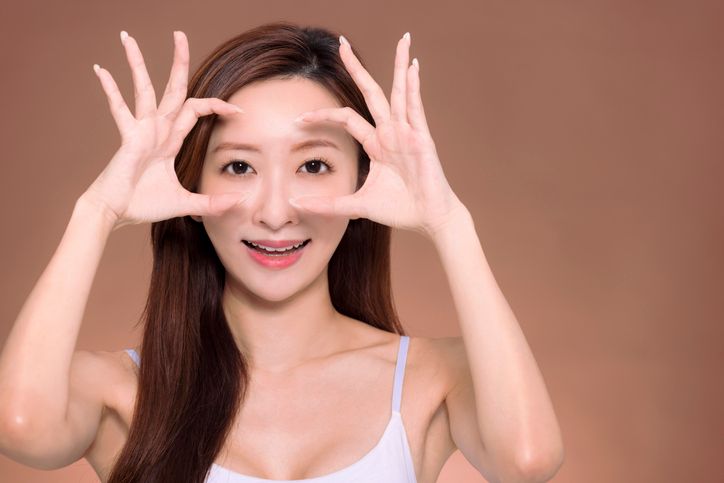
1. Observe the Consistency
2. Feel the Texture
3. Assess Skin Laxity
4. Note any Hollowing
- How to Remove Eye Bags: 18 Proven Ways to Get Rid of Puffiness and Regain Firm Under-Eyes In No Time!
- Own A Pair Of Tired Looking Eyes? Here's How Eye Bag Cream Can Help
- 9 Must-Have Eye Cream Ingredients for Wrinkles, Dark circles and Eye Bags, Science-Proven
- Comparing Surgical and Non-Surgical Interventions for Eye Bag Fat
3
Surgical Treatments for Eye Area: What Kind of Eye Bag Removal Treatment You Need?
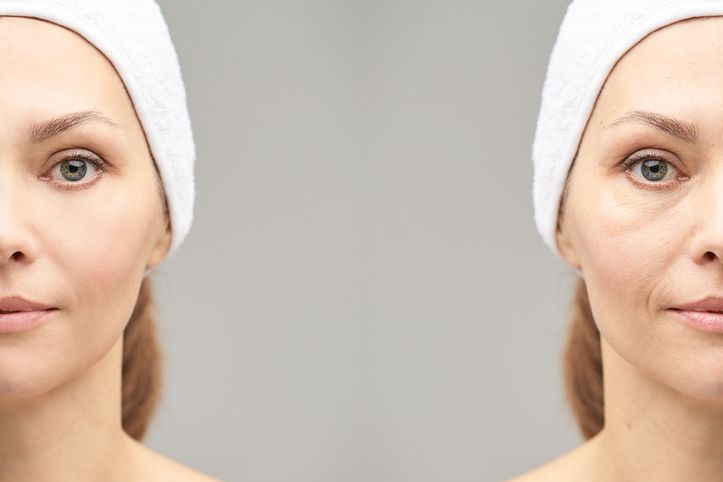
Traditional Blepharoplasty
Laser Blepharoplasty
Fat Repositioning or Transfer
Canthoplasty
4
Not a Fan of Eye Bag Removal Surgery? Here's Some Non-Surgical Options
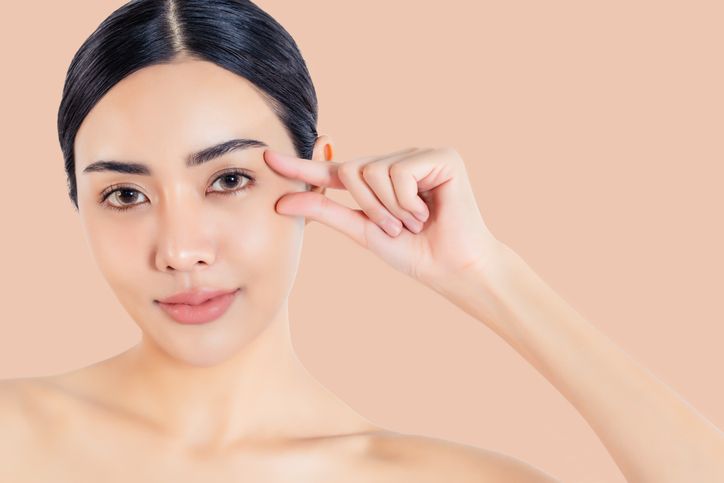
Dermal Fillers
Fat Dissolving Injections
RF (Radiofrequency) technology

免費體驗
R6 Miracle Eye Rescue Treatment
1 Minute Self-Registration
Date should not be before minimal date
5
Conclusion
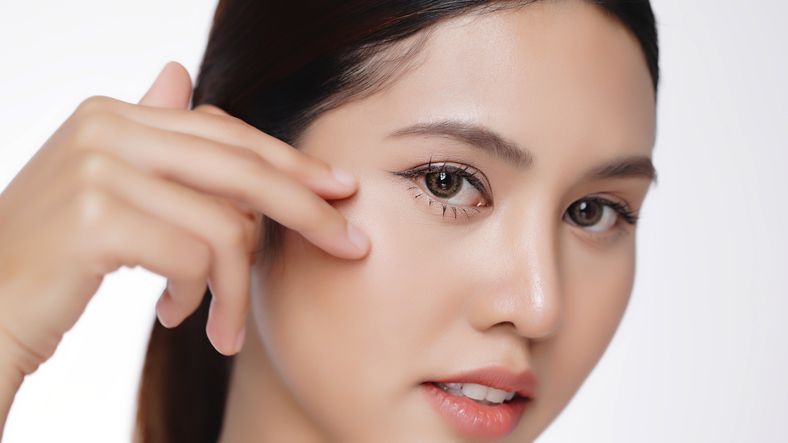

免費體驗
R6 Miracle Eye Rescue Treatment
1 Minute Self-Registration
Date should not be before minimal date
FAQ

1. What is surgical eye bag removal, and why is it considered for addressing cosmetic concerns?
Surgical eye bag removal, often referred to as lower blepharoplasty, is a procedure aimed at eliminating or reducing the appearance of under-eye bags. This cosmetic concern prompts many individuals to seek the expertise of plastic surgeons to achieve a rejuvenated and more youthful appearance. The procedure typically involves the removal or repositioning of eye bag fat and the tightening of lower eyelid skin to address puffiness and excess fats that contribute to the aged look.
2. Are visible scars a common outcome of surgical eye bag removal?
One of the primary concerns for individuals considering this type of scale plastic surgery is the potential for visible scars. However, skilled plastic surgeons employ techniques designed to minimise scar visibility. For instance, incisions are often made along the inside of the lower eyelid or within the natural crease of the eye, effectively concealing any scars. As a result, patients can benefit from significant cosmetic improvements with minimal concerns over visible scarring.
3. What can I expect in terms of recovery after undergoing surgical eye bag removal?
Post-operative recovery from surgical eye bag removal typically involves a period of rest and limited activity to allow for healing. Patients may experience mild swelling and bruising around the treated area, which generally subsides within a few weeks. Plastic surgeons provide detailed aftercare instructions to support a smooth recovery process, emphasising the importance of proper care to mitigate swelling and ensure optimal outcomes.
4. How do plastic surgeons decide between surgical eye bag removal and other treatments for under-eye concerns?
Plastic surgeons conduct comprehensive evaluations to determine the most appropriate treatment approach based on the individual's specific needs and the scale of plastic surgery required. Factors considered include the severity of under-eye bags, the presence of excess fats versus a need for volume addition, skin quality, and overall facial structure. Surgical eye bag removal is often recommended for cases where repositioning of eye bag fat and removal of excess lower eyelid skin and fats are necessary for achieving the desired cosmetic outcome.
5. Is surgical eye bag removal suitable for everyone with concerns about under-eye bags?
While surgical eye bag removal offers a permanent solution for removing excess fats and tightening lower eyelid skin, it may not be suitable for everyone. The decision to proceed with this form of scale plastic surgery depends on various factors, including the individual's health, skin condition, and specific cosmetic concerns. Plastic surgeons assess each case individually to recommend the most effective treatment plan, whether it involves surgery or alternative non-surgical options.





